There can be your advertisement
300x150
Kitchen Revolution: 6 Iconic Inventions for the Kitchen
The electric stove, refrigerator, and coffee maker are familiar household appliances found in many homes. Today, when we pour ourselves a cup of coffee in the morning or blend a smoothie in a blender, few people think about their inventors. It is indeed interesting to know who and when invented the things we can no longer imagine our daily lives without.
Electric Stove
It all started in 1883 in Canada, when an electrical appliance merchant Thomas Aherne pondered the creation of safer electric stoves: gas models often caused fires and could not be used everywhere. Although in 1893, at the World's Fair in Chicago, he demonstrated the first prototype, it did not generate much interest from the public.
It took another 25 years for the idea to reach another continent, Germany, where German Emil Rathenau eventually set up mass production of electric stoves.
The first models looked like ordinary sideboards, and instead of typical burners, metal plates were used that were placed on legs next to the stove and served as support for cookware. They heated up for two to three hours, were expensive — but there was a high demand for electric stoves.
Microwave Oven
The ability to heat or cook food in just a few minutes in a microwave oven is due to American physicist Percy Spencer. According to legend, during one of his shifts, Spencer accidentally placed a sandwich (or according to another version, a chocolate bar) on an operating device generating microwave radiation. It's not surprising that it heated up. More precisely, it’s not surprising to us now, but in 1945 it was a true discovery that inspired the scientist to create a device for rapid defrosting of food products.

The invention found application first in military dining halls: microwaves were not suitable for home use due to their large size and weight. Japanese scientists helped by reducing the dimensions, adding a rotating plate, and incorporating an inbuilt control system.
By the end of the 1970s, the era of microwave ovens began. The first Miele oven — model M 690 — at that time could fit on any table thanks to its small size. Later, a modified version of this model was released that could be built-in.

Coffee Machine
Most people love coffee. It's no wonder that the first coffee maker appeared as early as 1800 — its invention is attributed to French archbishop Jean-Baptiste de Belloy-Moragues. Essentially, this was the first drip coffee maker: water dripped through a layer of ground coffee beans. There's no need to say that preparing coffee in such a way took hours, and the fast-paced lifestyle required more efficient methods for brewing the energizing drink.
Such methods were found: 1827 marked two inventions. A device by Parisian tinman Moritz: it consisted of two containers and a filter with coffee. When the water in the lower container boiled, the coffee maker was turned upside down — this produced a rather strong beverage.
And the first prototype of a geyser-style coffee maker by engineer Lawrence, which operated under water pressure. In 1833, another variant of it appeared, patented by a London craftsman Samuel Parker. And then, 100 years later, an enterprising Italian industrialist Alfonso Bialletti launched the mass production of a more advanced coffee maker called Moka Express.
However, early models had the problem of preserving the taste and aroma of coffee beans. They couldn't provide optimal temperature, pressure, and other important conditions for brewing proper coffee. Gradually, the idea of creating coffee machines was embraced by various brands, and simple coffee makers evolved into appliances that even outperform professional baristas in comparison.
That's evolution!
The CVA 7845 coffee machine from Miele can do everything and even more: for example, it can brew 25 coffee and tea drinks, selecting the optimal water temperature for each. Depending on the type of coffee beans and the kind of beverage, parameters change: grind, amount of coffee, temperature, necessity for pre-brewing — all this significantly affects the taste of the drink. By selecting the ideal parameter combination for yourself, you can save these settings in the coffee machine's memory.
Today, it’s not surprising to control household appliances from a smartphone. However, most coffee machine owners still need to pour water into the reservoir themselves. But the CVA 7845 coffee machine has an advantage in this regard: it features the DirectWater option, which allows connecting the appliance to the water supply system. This means that as soon as you wake up, you can start brewing your energizing drink with one button and not worry about whether there is water in the reservoir — the appliance will fill it on its own.
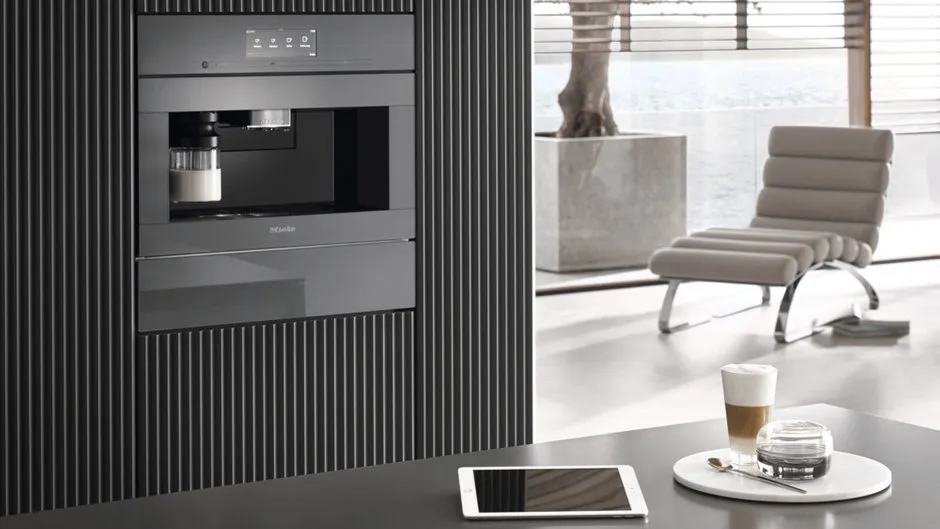
By the way, the new coffee machine also takes care of its own cleaning: it has an AutoDescale function to remove limescale automatically and an AutoClean function that eliminates the need to rinse milk supply tubes and clean the brewing mechanism.
What’s left for you? Just enjoy a delicious cup of coffee.
Refrigerator
In the past, people used ice or snow reserves to keep food and drinks cool, trying to adapt cold streams. It wasn’t until 1910 that the first American refrigerator appeared after several experiments — a compressor unit by Odifreddi. It resembled a chest, decorated with red wood. Beautifully, more or less functionally, but very expensive — it cost as much as a car.
The process continued when in the mid-19th century, American John Gorrie discovered a method for creating artificial ice. In Europe, Alfred Mellooz created a model with an autonomous compressor in 1915, placed at the bottom of the refrigerator. An American, Thomas Midgley, proposed using freon for cooling, and in 1928, refrigerators with freon were launched into mass production.
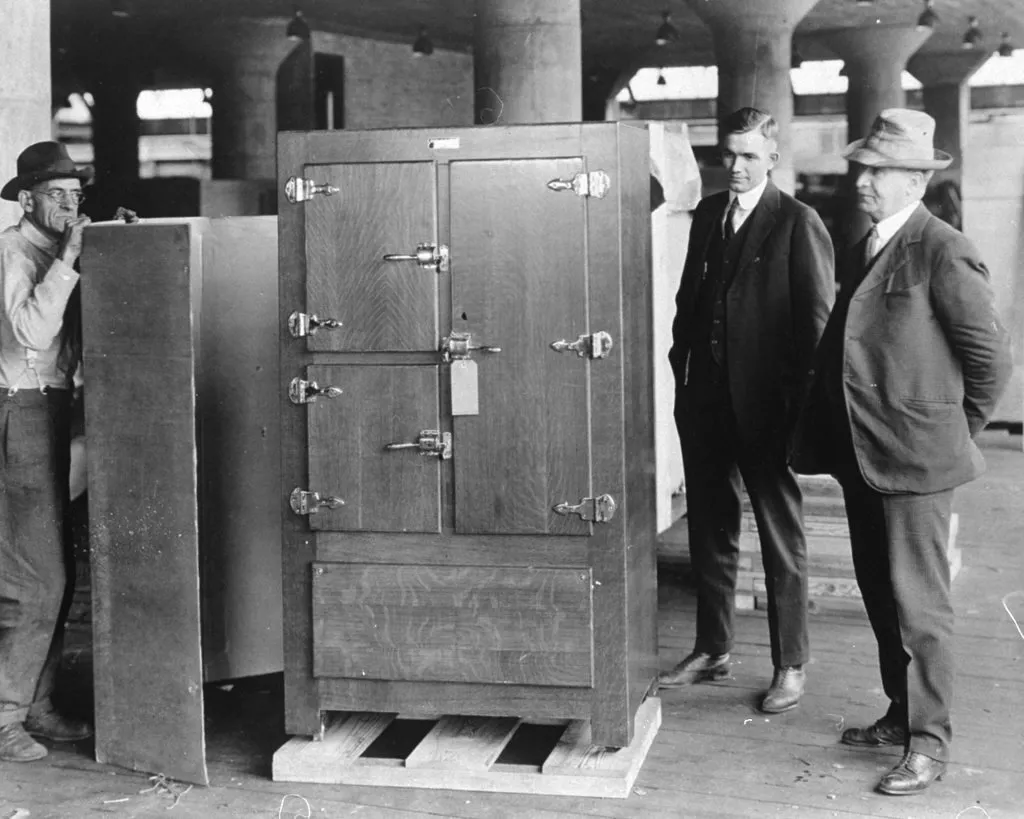
Dishwasher
In Europe, the history of dishwashers began with the German company Miele, founded at the end of the 19th century by Karl Miele and Reinhard Zinkann. By that time, their company was already known for producing metal and wooden washing machines. The first electric dishwasher designed by Miele in 1929 was a round metal tub with two baskets for dishes and cutlery. The ability to connect to the water supply system was not available, so the dishwasher had to be filled manually. Water was sprayed onto dishes in a few minutes using a rotating electric propeller. Most housewives found that washing dishes by hand was much simpler, and there was little demand for this innovation.
It wasn’t until 1963 that Miele introduced the world's first automated dishwasher — G45. In 1978, the company’s products included microcomputer control and sensors, which not only simplified their use but also reduced water and electricity consumption.
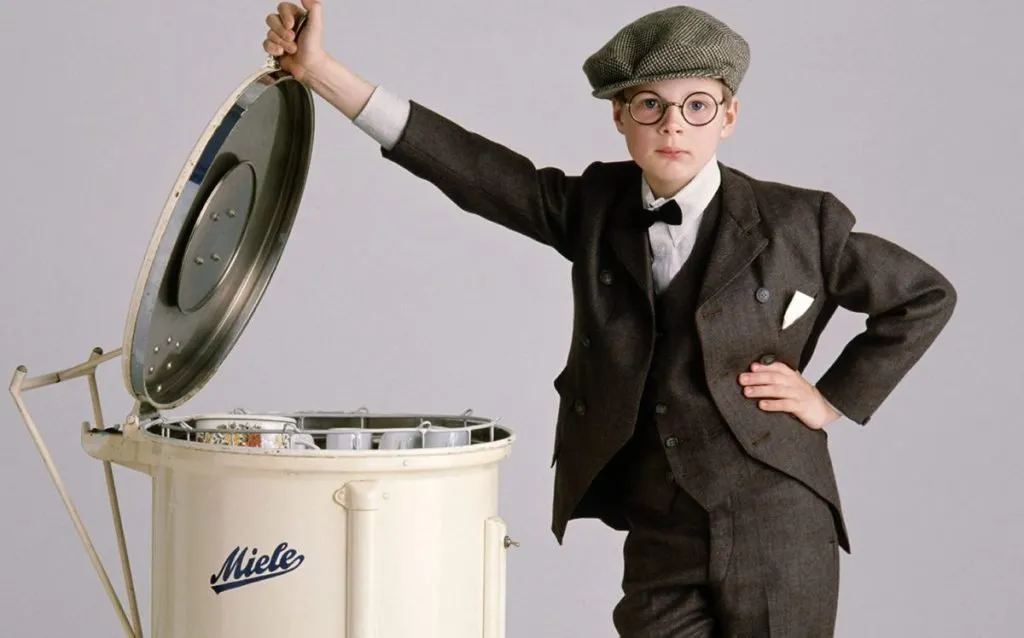
1987 marked another milestone in the history of dishwashers: Miele patented a slide-out tray for cutlery. In modern models, it is adjustable in width and height. Another useful feature is AutoOpen, which automatically opens the dishwasher door at the end of a cycle.
For fans of minimalist design, in 2013 the company introduced a model with the Knock2Open function: gently tapping on the front panel of the dishwasher automatically opens the door without using the handle.
In 2019, the company introduced the dishwasher G 7000 with the AutoDos function that automatically dispenses cleaning agents. Another helpful feature is AutoStart, which programs the automatic start of the appliance at a convenient time for you.
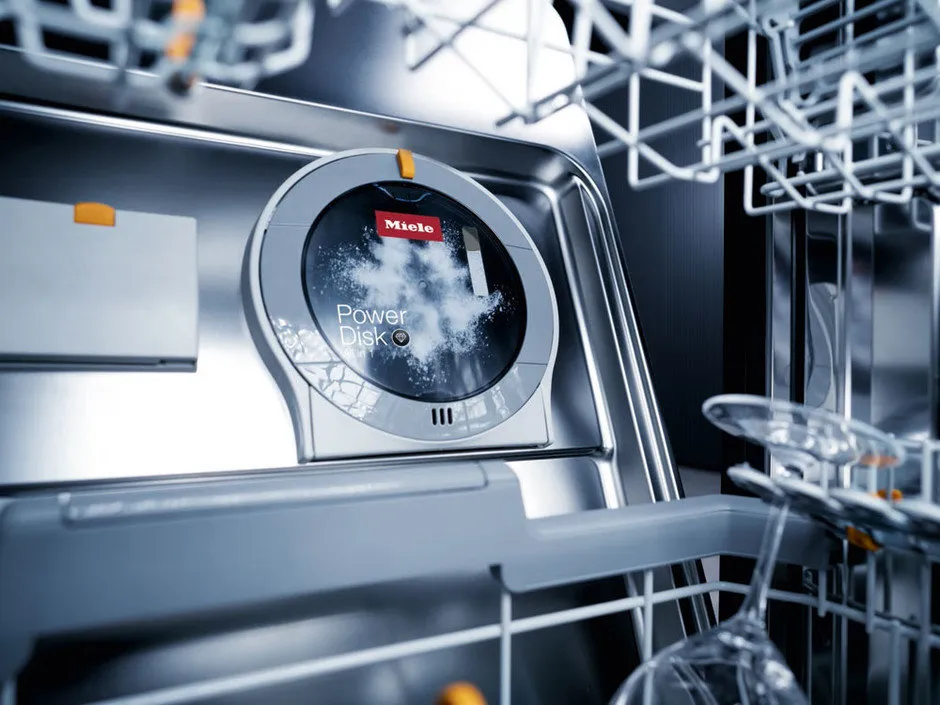
Mixer
The first mixer was invented by engineer Herbert Johnson for bakery trade in 1908. These were not suitable for home use: the appliances weighed up to 29 kilograms and cost as much as a brand new Ford.
To win the trust of housewives, the mixer had to become lighter and cheaper. Eventually, the first compact and relatively quiet device that any family could use was put on sale in 1919.
More articles:
 Must-See: Stone Door, Glass Wardrobe, and Other New Arrivals
Must-See: Stone Door, Glass Wardrobe, and Other New Arrivals How to Arrange a Student's Room: Ideas + Tips
How to Arrange a Student's Room: Ideas + Tips Choosing Interior Doors: What's New on the Market?
Choosing Interior Doors: What's New on the Market? New IKEA Items, Concrete Box Renovation and 8 More August Hits
New IKEA Items, Concrete Box Renovation and 8 More August Hits New Trend: Doors and Furniture in One Style
New Trend: Doors and Furniture in One Style 10 Design Hacks We Spotted in This Month's Projects
10 Design Hacks We Spotted in This Month's Projects 52 m² under the Swedish sky: a two-level apartment in a mansard
52 m² under the Swedish sky: a two-level apartment in a mansard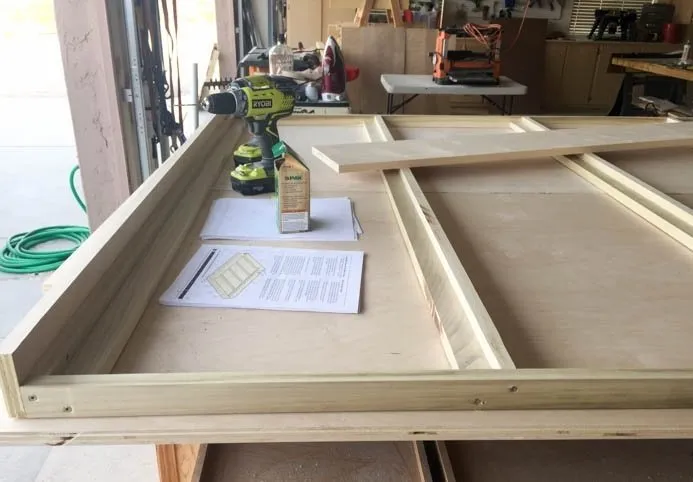 Space-saving: making a bed-shelf in the IKEA style
Space-saving: making a bed-shelf in the IKEA style